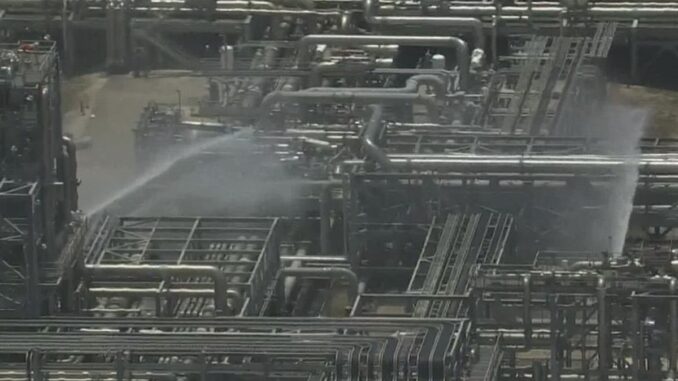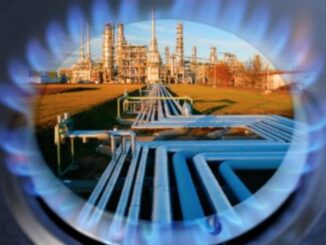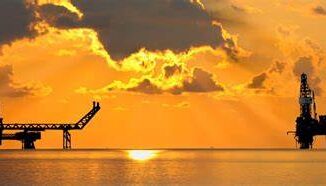
The second-largest U.S. liquefied natural gas (LNG) export facility was knocked offline by a fiery blast last June and operations halted while regulators review operations and staffing.
When fully running, Freeport LNG processes about 2 billion cubic feet per day of natural gas and exports up to 15 million tonnes of LNG per year. Its progress toward reopening is closely watched because of the impact on U.S. natural gas prices.
Bryan Lethcoe, a regional director of regulator Pipeline Hazardous Materials Safety Administration (PHMSA), said it would take “a number of months” for Freeport LNG to return to full operation. PHMSA officials declined to provide an exact estimate.
Residents questioned whether regulators have provided adequate oversight over the plant’s repairs, its past emissions or the monitoring of local residents’ health.
“We’re concerned about them getting close to reopening. I’m hoping FERC and PHMSA kind of slow down the process of allowing them to reopen,” said Melanie Oldham, one of about 100 residents who attended the meeting.
A Freeport LNG spokesperson declined to comment.
The blast resulted from inadequate operating and testing procedures, operator fatigue and other shortcomings, a safety audit found. About 10,000 pounds of methane were released, said a PHMSA representative. Methane is the main component of natural gas and a potent greenhouse gas.
Share This:



